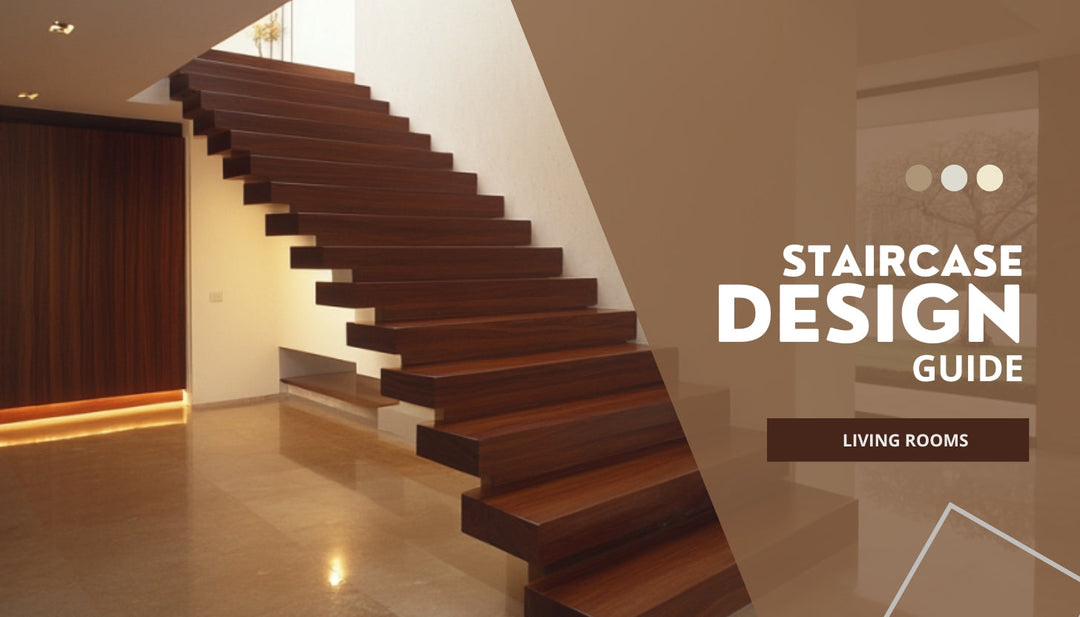Home audio: the best ways to improve the sound quality in your home
"The sound of a room can be as important as its light. It can make us feel safe, happy and relaxed or uneasy, stressed and insecure"
When it comes to creating the perfect home, sound quality is just as important as visual aesthetics. Whether you're hosting a party, enjoying a movie night with your family, or simply relaxing after a long day, the quality of sound in your home can make all the difference.
The importance of insulation
One of the most important things to consider when designing a room is its insulation. Insulation not only helps to keep a room warm or cool, but it also helps to reduce the amount of sound that enters or leaves a room. Inadequate insulation can lead to poor sound quality, as well as high energy bills.
DIY solutions to improve acoustics in your home
But don't worry, you don't have to be an expert in acoustics or construction to improve the sound quality in your home. Here's a simple DIY solution that you can try:
-
Use acoustic panels: Acoustic panels are an easy and affordable way to improve the sound quality in a room. They come in a variety of designs and can be hung on walls or ceilings to absorb unwanted reflections and echo.
-
Add curtains or drapes: Heavy curtains or drapes can help to absorb sound and reduce unwanted reflections. They also add a decorative touch to a room.
-
Use rugs or carpets: Rugs and carpets can help to absorb sound and reduce echo. They also add warmth and comfort to a room.
-
Rearrange the furniture: Sometimes, simply rearranging the furniture in a room can make a big difference in the sound quality. Try to avoid positioning furniture against walls or in corners, as this can cause reflections and echo.
-
Get a room analysis: If you're still not satisfied with the sound quality in your home, you can always get a room analysis. This involves a professional coming to your home to assess the acoustics and provide recommendations on how to improve them.
How room shapes and designs affect acoustics
When it comes to designing a home with a high-quality acoustical environment, there are several important planning and design considerations to keep in mind. Here are some key factors to consider when creating a space that sounds as good as it looks:
-
Room shape and size: The shape and size of a room can greatly impact the acoustics. Rooms with irregular shapes and hard surfaces can cause unwanted reflections and echo, leading to a muddy or unclear sound. On the other hand, rooms with curved walls and soft surfaces can absorb sound, resulting in a more balanced and natural sound.
-
Insulation: Adequate insulation is crucial for creating a high-quality acoustical environment. Insulation not only helps to keep a room warm or cool, but it also helps to reduce the amount of sound that enters or leaves a room.
-
Surface materials: The materials used on the walls, floors, and ceilings can greatly impact the acoustics of a room. Hard surfaces like concrete, tile, and wood can cause reflections and echo, while soft surfaces like carpet, curtains, and upholstery can absorb sound.
-
Furniture placement: The placement of furniture in a room can also affect the acoustics. Try to avoid positioning furniture against walls or in corners, as this can cause reflections and echo.
-
Lighting: Lighting can also play a role in the acoustics of a room. Bright lights can cause reflections and glare, while dim lighting can create a more intimate and acoustically friendly environment.
-
Soundproofing: For rooms that are prone to outside noise, such as bedrooms or home offices, soundproofing can be a great solution to improve the acoustical environment.
-
Speaker placement: The placement of speakers can also affect the acoustics of a room. Try to angle speakers towards the listening area and avoid positioning them too close to walls or corners, as this can cause a boomy or muddy sound.
Best Sound-Systems to consider in an Home Environment
To help you make an informed decision, we've compiled a table that compares the different types of speakers and their best use, along with some specific brands to consider
| Type of Speaker | Acoustical Characteristics | Best Use | Brands to Consider |
|---|---|---|---|
| Bookshelf Speakers | Small and compact design, with a balanced sound and a wide frequency response. | Ideal for small to medium-sized rooms, or as part of a multi-channel home theater system. | JBL Studio 530, Sony SRS-X5, Philips MMS4040F, Bose Companion 2 Series III, Mi Compact Bluetooth Speaker 2 |
| Floor-Standing Speakers | Large and powerful speakers, with a deep and rich bass and a wide frequency response. | Ideal for large rooms or for those who want to experience the full range of sound in music or movies. | JBL Studio 530, Sony SRS-X9, Philips MMS8085, Bose SoundTouch 300, Mi Tower Speaker |
| In-Wall Speakers | Designed to be installed directly into walls, with a balanced sound and a wide frequency response. | Ideal for those who want to improve sound quality while maintaining a sleek and unobtrusive design. | JBL Control X, Sony SRS-X9, Philips MMS8085, Bose SoundTouch 300, Mi Bluetooth Audio Receiver |
| Soundbars | Compact and affordable speakers that provide a significant improvement in sound quality over TV's built-in speakers. | Ideal for smaller spaces or for those who want a more compact solution. | JBL Bar Studio 2.0, Sony SRS-X9, Philips MMS8085, Bose SoundTouch 300, Mi Soundbar |
| Subwoofers | Designed to enhance the bass and lower frequencies in music or movies. | Ideal for those who want to add depth and impact to their audio experience. | JBL SB250, Sony SA-W2500, Philips SWA12000S, Bose Acoustimass 300, Mi Soundbar Pro |
Please note that this table is not an exhaustive list and there are many other brands and models available on the market in Indian context. It's important to do your research and make sure you're getting a speaker that meets your needs and budget.
It's also worth noting that the acoustical characteristics of a speaker can vary depending on the specific model and brand. It's always a good idea to read reviews and listen to the speakers before making a purchase.








Leave a comment